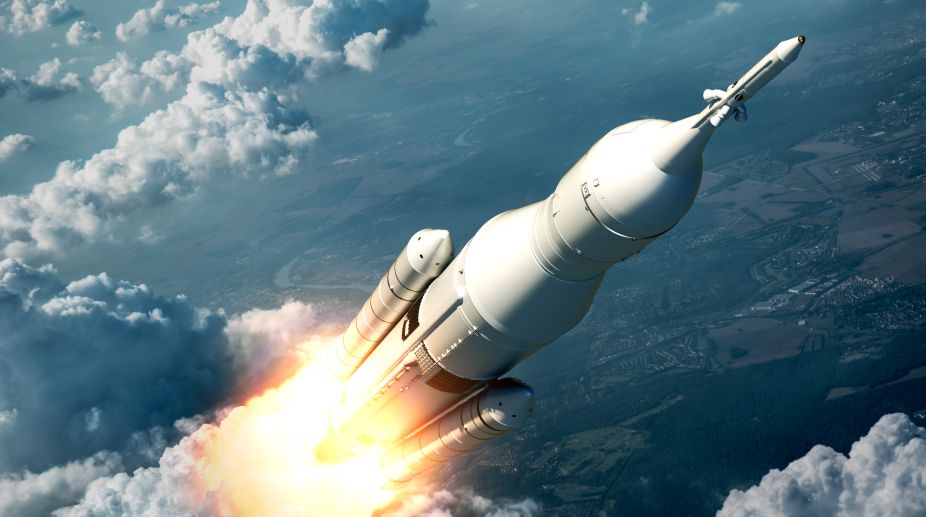The 29-hour countdown for the launch of India’s eighth navigation satellite IRNSS-1H began at 2 p.m. on Wednesday at the Sriharikota rocket port, around 80 km from here, officials said.
The 1,425-kg satellite — part of Indian Regional Navigation Satellite System (IRNSS) — will be carried by Polar Satellite Launch Vehicle (PSLV) rocket XL variant that will blast off on Thursday evening at around 7 p.m., said an official of the Indian Space Research Organisation.
Advertisement
This will be the eighth IRNSS satellite and will be a replacement for IRNSS-1A as its rubidium atomic clocks have failed. The atomic clocks are important to provide the accurate positional data.
Simiply put, the IRNSS or NavIC (Navigation with Indian Constellation) is similar to the US-owned GPS.
The Rs 1,420-crore Indian satellite navigation system NavIC consists of nine satellites — seven in orbit and two as substitutes. One of the substitutes is the IRNSS-1H.
Each satellite has three clocks and a total of 27 clocks for the navigation satellite system (including the standby satellites) were supplied by the same vendor. The clocks are important to provide precise locational data.
Like its other IRNSS predecessors, IRNSS-1H also carries two types of payloads – navigation payload and ranging payload.
The navigation payload of IRNSS-1H will transmit navigation service signals to the users. This payload will be operating in L5-band and S-band.
The ranging payload of IRNSS-1H consists of a C-band transponder, which facilitates accurate determination of the range of the satellite. IRNSS-1H also carries Corner Cube Retro Reflectors for laser ranging.
The four stage/engine PSLV-XL stands 44.4 metres tall and weighs 321 tonne at the lift off stage.
Around 19 minutes 25 seconds after the lift off, the rocket will sling IRNSS-1H at an altitude of around 507 km.
According to ISRO, NavIC is useful for fishermen to reach the potential fishing area. The fishermen can also get alert messages relating to bad weather, high waves or when they approach international maritime boundary line.
These services are provided through a software application on a smart phone.
The Indian space agency also said NavIC is useful for merchant ships in their navigation and also during search and rescue operations.
In the road transport sector, NavIC helps commuters to traverse distances and also enable transport operators to track their vehicles.
According to ISRO, the navigation system is also helpful for railways in tracking trains and also giving an alert in the case of unmanned level crossing.
The Indian space agency said NavIC is also used for other applications like location-based services, survey and alignment, time synchronised services
NavIC provides two types of services — standard positioning service and restricted service. The former is for all users while the latter is an encrypted service for only authorised users.
Starting in July 2013, the Indian space agency has launched seven navigation satellites, with the last one launched on April 28, 2016. Each satellite has a life span of 10 years.











